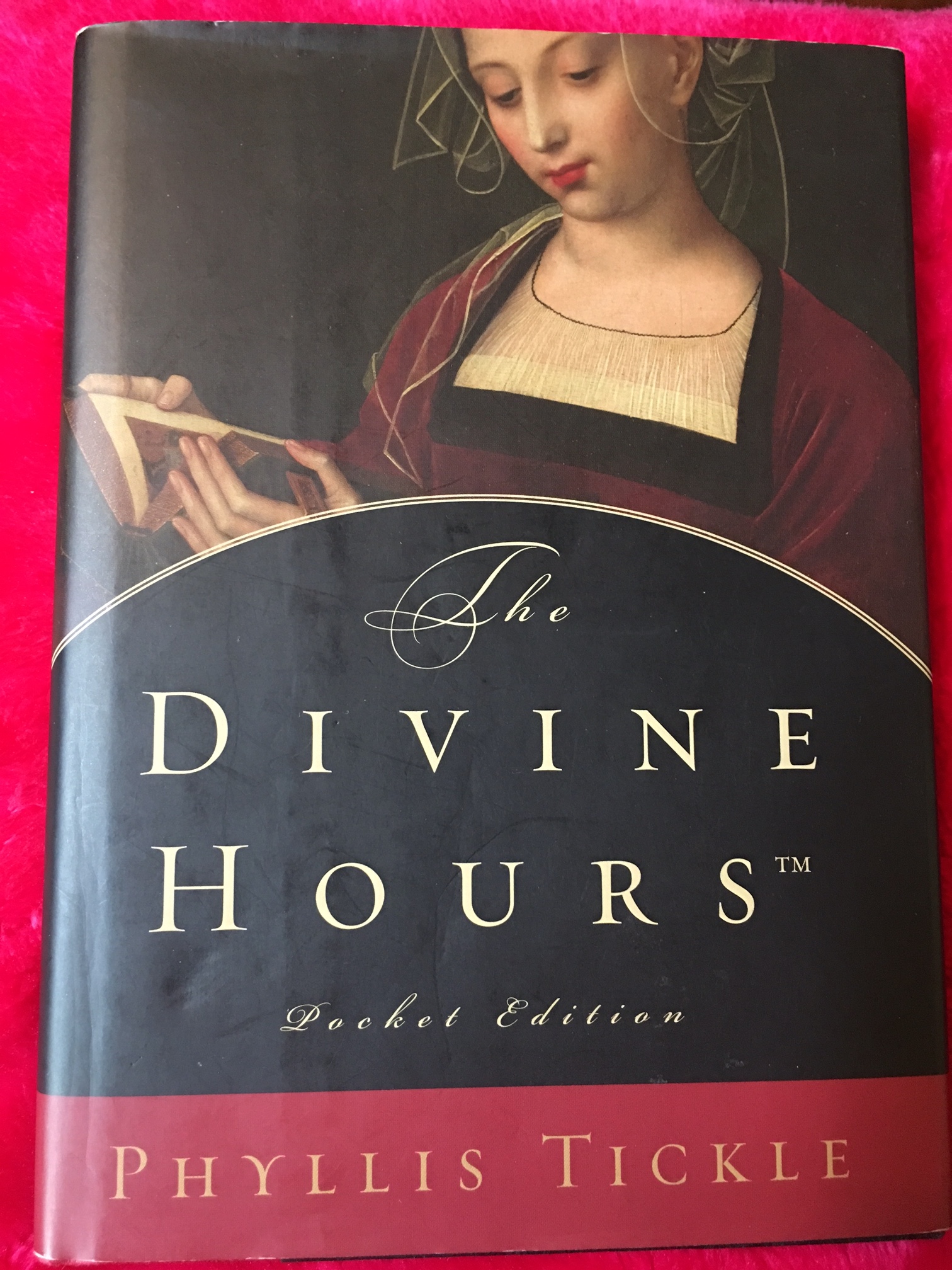Canticle: A Song of Pilgrimage
“Before I ventured forth,
even while I was very young,*
I sought wisdom openly in my prayer.
In the forecourts of the temple I asked for her,*
and I will seek her to the end.
From first blossom to early fruit,*
she has been the delight of my heart.
My foot has kept firmly to the true path,*
diligently from my youth have I pursued her.
I inclined my ear a little and received her;*
I found for myself much wisdom and became adept in her.
To the one who gives me wisdom will I give glory,*
for I have resolved to live according to her way.
From the beginning I gained courage from her,*
therefore I will not be forsaken.
In my inmost being I have been stirred to seek her,*
therefore have I gained a good possession.
As my reward the Almighty has given me the gift of language,*
and with it will I offer praise to God.”
—Ecclesiasticus 51:13-16, 20b-22.
This “Song of Pilgrimage from Ecclesiasticus” is one of the Canticles offered for Morning and Evening Prayer in Enriching Our Worship 1, as one of the alternative Canticles for the Book of Common Prayer.
Christians inherited a pattern of daily prayer from the Jews, who set aside a time for prayer three times daily. More diligent Christians later took to heart the Psalm 119:164 verse that says, “seven times a day do I praise you”; and by the Middle Ages, monks had developed a tradition of seven daily times of prayer: Matins before dawn and Lauds at daybreak—which were combined into one service; then at sunrise, midmorning, noon, and midafternoon came Prime, Terce, Sext, and None; Vespers was observed at sundown, and Compline at bedtime. This schedule was kept faithfully over the centuries by monks and nuns in monasteries. Lay people could come when possible.
In 1549 in the first English Book of Common Prayer, Archbishop Thomas Cranmer revised the structure so that ordinary people might also follow a prayer schedule and praise God at the beginning and end of each day in just two services: Morning and Evening Prayer. The present 1979 BCP restored Noonday Prayers and Compline. (See A User’s Guide to Morning Prayer and Baptism by Christopher Webber.)
Phyllis Tickle, the theologian, writer, and founding Religion Editor of Publisher’s Weekly, reintroduced a shorter version of daily observation of the Divine Hours in a series of books which many now follow. There is a pocket edition for easy carry. Her shorter versions of morning, noon, evening (vespers), and bedtime (compline) prayers, readings, and Scripture are easier to observe than one would think, and offer a way to stop our work and reconnect to God frequently during the day and evening.
The readings are also online at http://www.explorefaith.org/prayer/fixed/hours.php and at http://annarborvineyard.org/tdh/tdh.cfm.
Joanna. Joannaseibert.com


